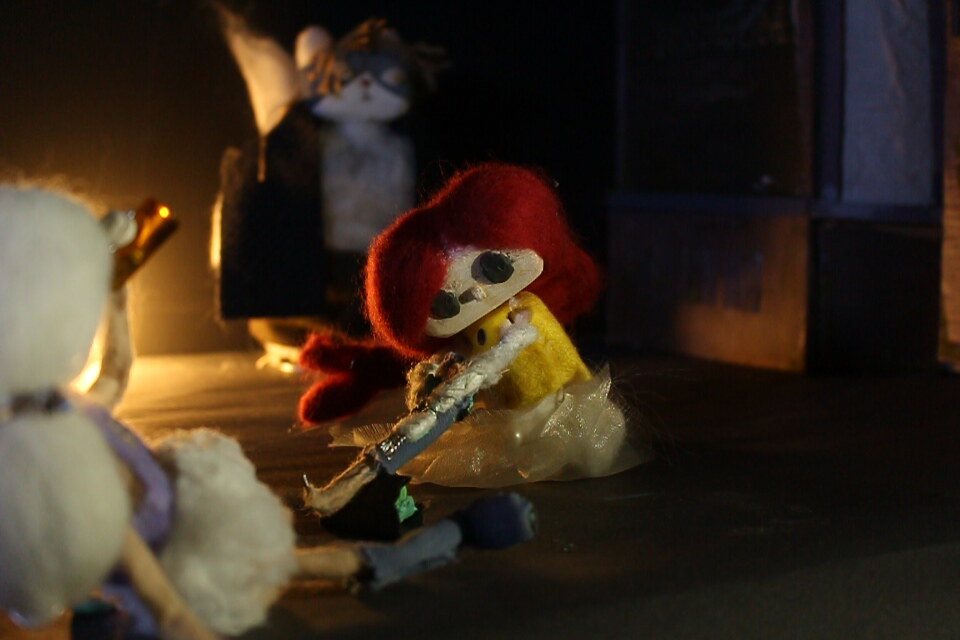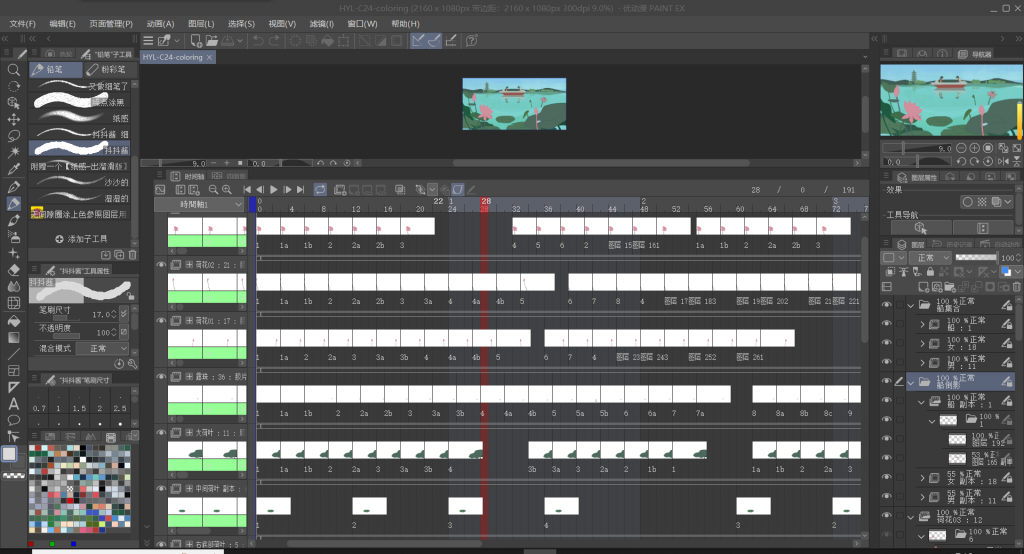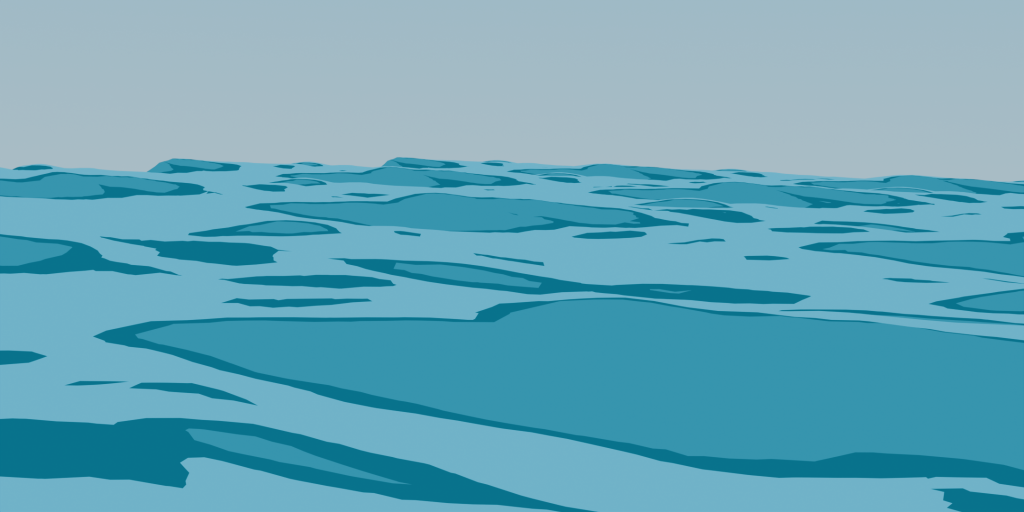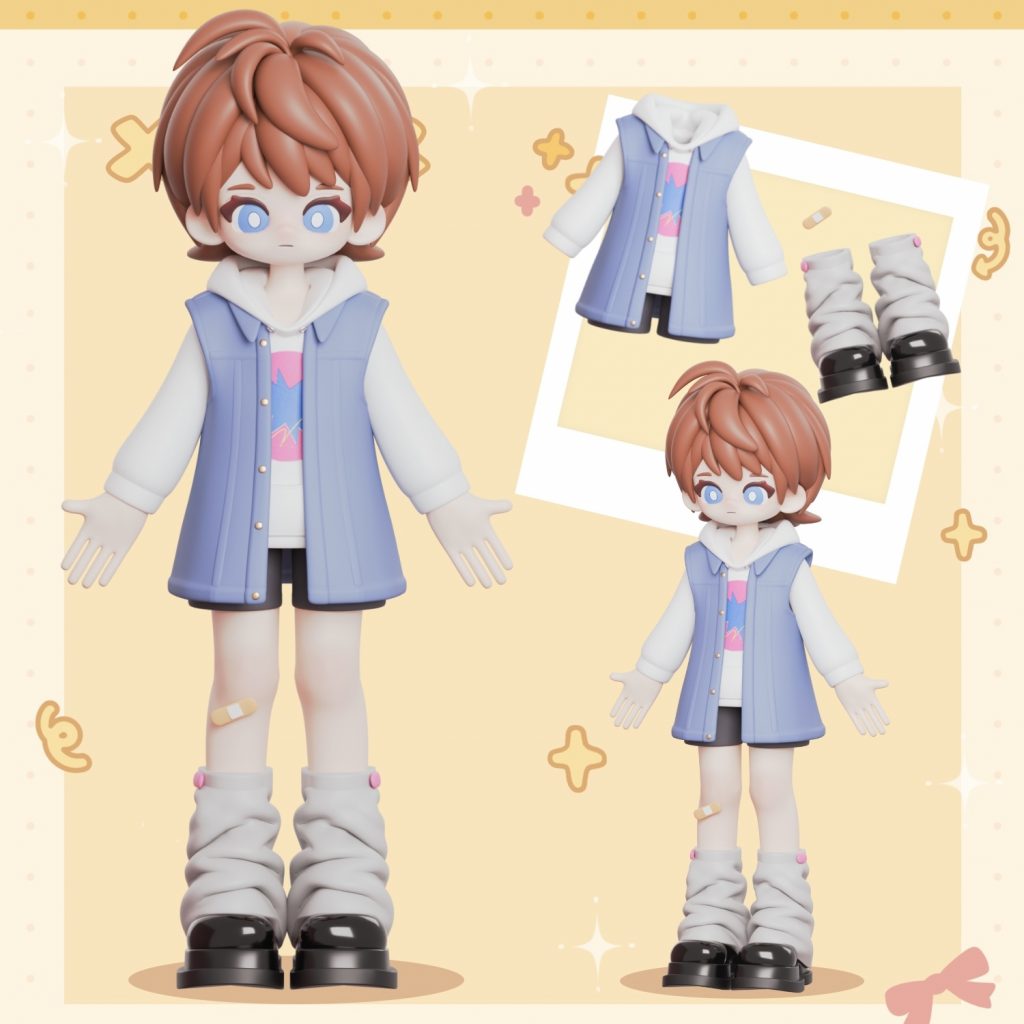In my undergraduate studies, I majored in public art, and my coursework included ceramic and glass art creation. This experience not only allowed me to acquire a wealth of material knowledge and craftsmanship, but also greatly enhanced my three-dimensional modeling ability and spatial thinking. In this process, I gradually built up my sensitivity to the relationship between form, material and space, which is a good foundation for my study of animation.
After being a character animation student, I began to learn animation-related knowledge systematically. This is a new field for me. Starting from the most basic ball movement exercises, I gradually mastered the character movement rules, rhythm control, storyboard design and animation narrative. During the two years of study, I have grown from a beginner to a animator who can independently complete a short animation. Although there are still shortcomings in my works, compared with two years ago, I have made significant progress in both technical level and creative thinking, which gives me confidence in my future development in the field of animation.
About mastering software tools, in the early days, I mainly used Procreate to make animation, which is a very suitable application for drawing and easy to use. However, in terms of animation production, its timeline function is relatively simple and cannot meet the needs of more complex animation. I learned how to use TVPaint in the course, a 2D hand-drawn animation software widely used in the industry with powerful drawing tools and layer functions. In year 1, most of my work and animations were done with TVPaint, which greatly improved my work efficiency and gave me a deeper understanding of the professional animation production process.

↑My bouncing character practice
And also in my year 1, I chose the Stop Motion pathway, which opened another window to animation expression for me. Through the course, I mastered the basic process and shooting techniques of stop motion animation, and learned to use Dragonframe, a professional stop motion software. In the LIAF (London International Animation Festival) cooperative project, I cooperated with several students to complete a short stop-motion animation. This cooperation made me deeply realize the importance of teamwork, and at the same time, it also sharpened my ability in scene construction, character operation and shooting rhythm control.

My LIAF project key frame
In my subsequent studies, I gradually tried to use different software to complete various projects. For example, for my one-minute short film project and my graduation film project, I chose to use Clip Studio Paint (CSP), a powerful professional drawing and animation software mainly used in Asia, as my main production tool. After working on these two projects, I was able to master the key functions of CSP and switch between different software according to the needs of the project.

My 1 min film key frame

My graduation film file screenshot
In addition to the software tools taught in the course, I have actively use my time outside of course for independent study and to expand the breadth of my skills. Before choosing the Stop Motion path, I had a brief experience in a 3D animation course offered by university. This experience inspired my interest in 3D animation. Although I did not choose the 3d pathway in the end, I learn how to use blender ny myself and create some work. And I use blender to make the movement of lake surface for my graduation film, although it didn’t use in the final version, it was a worthwhile attempt.

Simulating water with blender
Overall, during my postgraduate studies, I have not only improved my ability in animation production, but also built up a foundation in the use professional software, while expanding my knowledge horizon from 2D animation to 3D animation. I hope that in the future I will be able to combine my handmade art background with digital animation to create animation works with unique style and artistic expression.

My character design

My blender practice, transfer my character from 2d to 3d